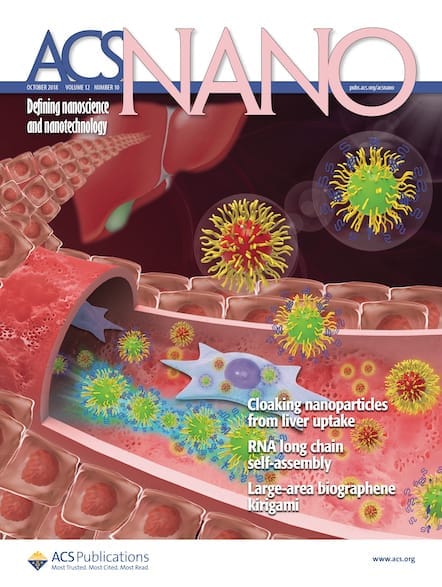New research in ACS Nano looks at a stretchable photonic crystal that can identify sugars with a rainbow of color—and may one day be built into next-generation wearable devices and sensors.

There are many different types of sugars present in our everyday lives—in the foods and beverages we consume, in our blood, and even in our sweat. As important as they are for many biological processes, it is difficult to distinguish these different sugars from each other without the aid of advanced techniques and instrumentation.
To better streamline current sugar detection methods, some researchers have begun exploring photonic crystals—nanostructures whose unique optical properties and distinct structural colors make them optimal candidates for enhanced colorimetric sensing. Previous work has demonstrated that color-changing photonic crystal chips can successfully detect 12 different sugars from each other,1 but these chips are not practical for applications in wearable or portable sensing devices.
To deliver a more flexible result, a team at Jinan University in China embedded closely packed rows of polystyrene nanospheres into a stretchable polyethyl acrylate film.2 Initially, the gum-like material appeared red, but when it was stretched using a controlled, uniform force, the color shifted through the rainbow for each uniform force applied—moving from red at 0% stretch all the way to dark green at 40% stretch. And when pulled by hand, the uneven forces at play resulted in a kaleidoscopic color display.
Preliminary trials showed that stretching the film could enhance and then sort the fluorescent signals from 14 different sugars that had been attached to dyes. To test the sensor using real-world products, the researchers mixed six sugary beverages with a dye to create fluorescent complexes. They dotted the film with solutions containing each of these complexes, and upon stretching, measured the fluorescence intensities at two different light wavelengths. Because each sample produced a unique signal, they could be easily distinguished from each other. The sensor was also able to differentiate sweat samples from six different people.2
Based on these results, the researchers suggest these stretchable photonic films could one day be incorporated into wearable devices for environmental, clinical, or health monitoring of sugar—or modified for broader sensing applications.
Watch the video around this research created by the ACS Science Communications team:

